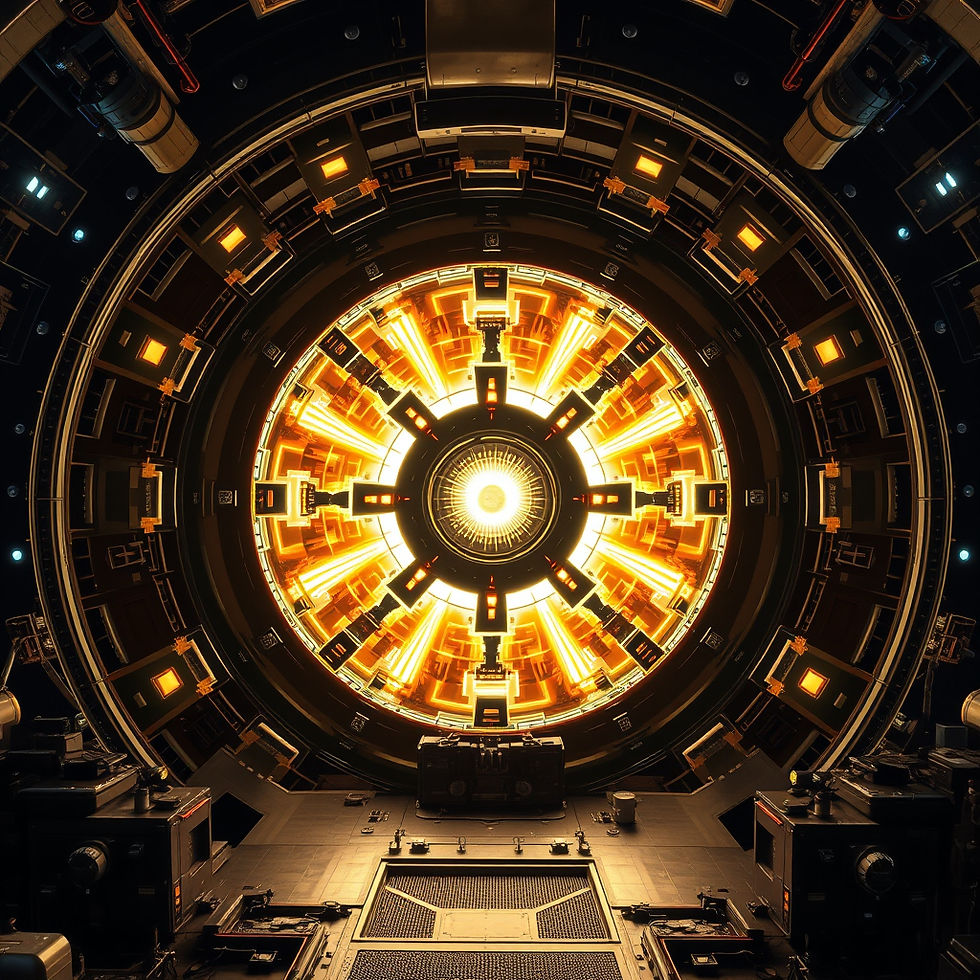What is SED?
- Douglas Miller
- May 5
- 2 min read
What is SED? A New Frontier in Physics
2-Minute Read
Imagine a universe where the vacuum isn’t empty but buzzing with infinite energy, capable of powering technologies beyond our wildest dreams. That’s the vision of Stochastic Electrodynamics (SED), a classical physics framework that challenges Quantum Electrodynamics (QED) by treating the Zero-Point Field (ZPF)—a sea of real electromagnetic fluctuations—as a tangible energy source. SED suggests this ZPF, with an energy density of ~4.96 × 10⁶² J/m³, can explain quantum phenomena without quantum mechanics or general relativity, opening doors to revolutionary applications. At the heart of SED are three pillars that guide our technology’s mission to validate this paradigm-shifting theory.
The Three Pillars of SED
1. Haisch, Rueda, and Puthoff (HRP) – “Inertia as a Zero-Point Field Lorentz Force” (1994): HRP proposed that inertia—the resistance to acceleration—arises from the ZPF’s Lorentz forces on charged particles. This suggests that manipulating the ZPF could alter inertia, paving the way for advanced propulsion systems.
2. Lynne McTaggart – “The Field” (2001): McTaggart popularized the idea of the ZPF as a non-local field connecting all things, enabling coherence across vast distances. This non-locality allows synchronized effects in systems, crucial for scaling ZPF technologies.
3. Barry Setterfield – “Cosmology and the Zero-Point Energy” (2013): Setterfield theorized that gravity results from virtual pair polarization in the ZPF, and counter-polarizing these pairs can induce anti-gravity. This offers a classical explanation for gravity, challenging General Relativity.
Why Our Technology is Uniquely Positioned
Our technology brings these three pillars of SED together in a tangible experiment by harnessing the ZPF to achieve both propulsion and anti-gravity effects. By manipulating the ZPF to reduce inertia (HRP), ensuring coherence across our system (McTaggart), and counter-polarizing virtual pairs to defy gravity (Setterfield), we’re creating a platform that directly tests SED’s predictions. Our approach leverages cutting-edge engineering to interact with the ZPF at scales never before achieved, providing empirical evidence for SED’s real, classical field over QED’s virtual fluctuations.
Implications of Validating SED
Validating SED would rewrite physics, confirming a classical framework that would solve problems that Quantum Electrodynamics and general relativity have yet to resolve. This would unify physics, provide new insights into cosmology, and enable transformative clean technologies across fields. From propellant-less propulsion for drones and vehicles, ZPF-powered spacecraft to telecommunications to health and medicine, SED’s validation would mark a new era of human advancement and civilization.



Comments